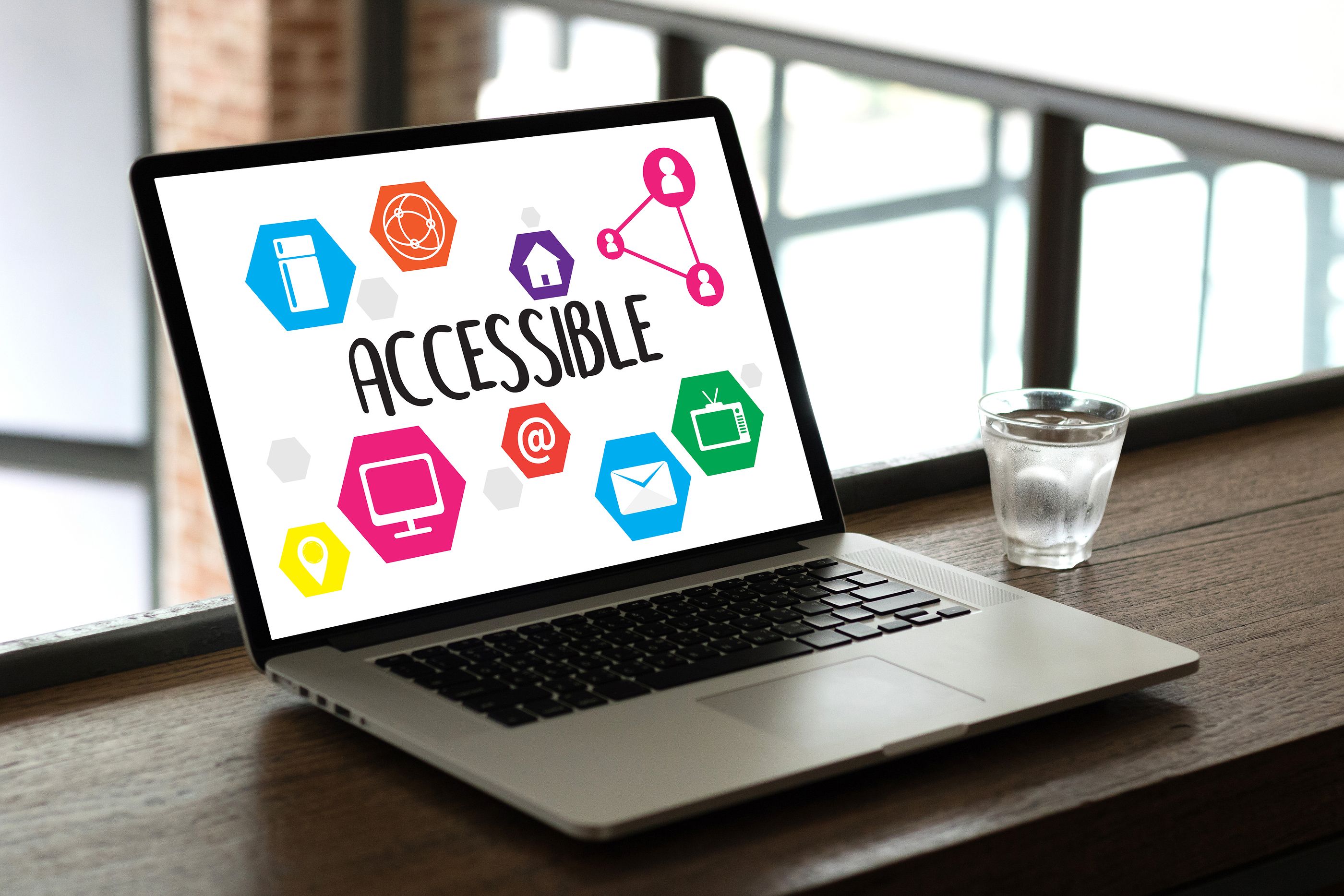You might be wondering what it means to make your website ADA compliant. What does it mean? And why should you even bother with it?
ADA stands for the American’s with Disabilities Act and prohibits discrimination “on the basis of disability in the full and equal enjoyment of the goods, services, facilities, privileges, advantages, or accommodations” offered by businesses.
You may already know all this, or you may be wondering what this has to do with your website. After all, the ADA was passed into law in 1990. That’s quite a while before the rise of the internet as we now know it.
The Department of Justice sees things a little differently.
According to the DOJ, websites that offer goods and services to consumers can be considered places of public accommodation and, therefore, must be made accessible to the disabled.
No formal regulations regarding website accessibility have been set yet (Some are expected in 2018), but this lack of official guidelines has simply left interpretation in the hands of lawyers and courts.
To avoid your website being labeled as illegally discriminatory it must be designed in such a way that makes it compatible with and accessible through, electronic screen reader technology which blind and visually impaired persons use.
What Does “Accessible” Mean?
Many advocacy groups, as well as the DOJ, consider a website accessible if it complies with the Web Content Accessibility Guidelines (WCAG 2.0).
These guidelines distinguish three different levels or degrees to which your website can conform to standards, including A, AA, AAA, in ascending order.
You can learn more about the Web Content Accessibility Guidelines here.
But for now the most important things you have to know are the underlying principles which a website must satisfy in order to be considered compliant or accessible:
- Perceivable: Whatever information present over your website must be presented to users in ways they can perceive with their senses.
- Operable: User interface components and navigation around your website must be operable by the user. Navigating and using the interface cannot require interaction which the user cannot perform.
- Understandable: The information present on your website, as well as the operation of the user interface must be understandable. In other words, navigating around your website and its content must not be beyond the understanding of users.
- Robust: The content on your website must be robust enough to be interpreted by a wide range of user agents, and this include assistive technologies. As technologies advance and user agents evolve, your content must remain accessible and understandable.
If any of the above doesn't hold true for your website or any corner of the web, then users with disabilities will not be able to make use or interact fully.
What Can You Do Today?
You can get a free consultation today to know where you stand. We help organizations navigate their path to online accessibility, giving more people access to their goods and services.
But here are a few guidelines that you can implement today to make sure that you are abiding by the rules and regulations and helping to make the internet a much happier and inclusive place.
- Make sure all functionality is available from the keyboard.
- Provide text alternatives for non-text elements and photos.
- Make it possible for users to see and hear content.
- Provide captions and other alternatives for multimedia content.
- Avoid content that causes seizures or, better yet, provide safer alternatives.
- Help users navigate and find content on your website.
- Maximize compatibility with current and future user tools and assistive technologies.

